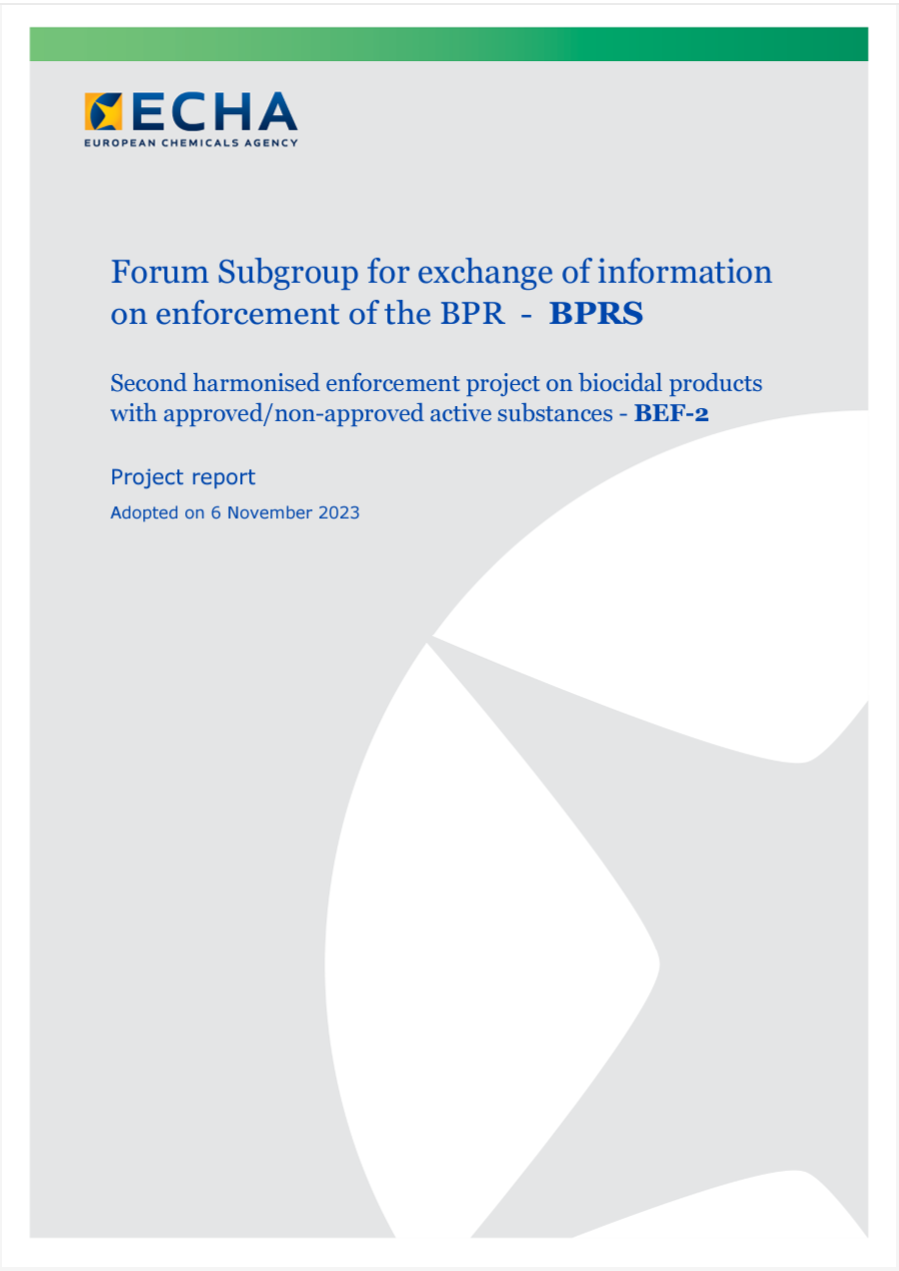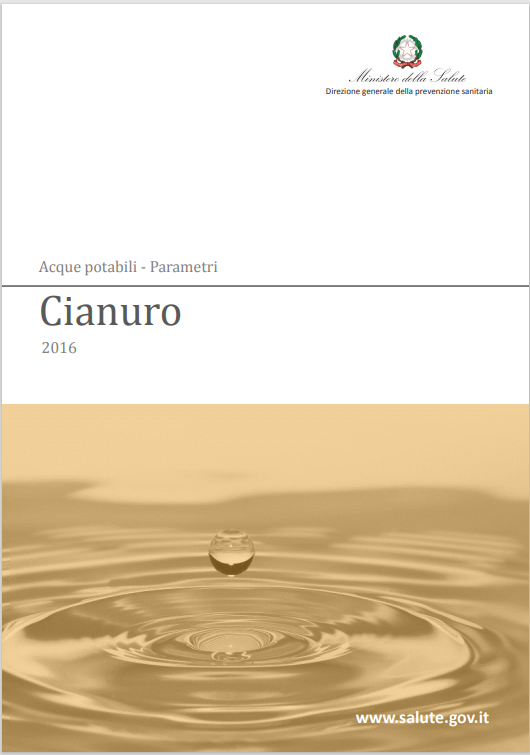Informazione tecnica HSE / 25 ° anno
/ Documenti disponibili:
45.540
/ Documenti scaricati: 34.382.278
/ Documenti scaricati: 34.382.278
ID 23643 | 17.03.2025 / Attached
Beryllium, Cadmium, Mercury, and Exposures in the Glass Manufacturing Industry
Evaluates the carcinogenic risk to humans posed by exposure to selected metals and their compounds. Separate monographs are presented for beryllium and beryllium compounds, cadmium and cadmium compounds, and mercury and inorganic and methylmercury compounds. Because several metallic salts and pigments are used in the manufacture and colouring of certain glass products, the book also evaluates the carcinogenic risk posed by exposures in the glass manufacturing industry. More than 1,200 references to the recent literature are included. The first monograph evaluates biological and epidemiological data on metallic beryllium, beryllium-aluminium and -copper alloys, and some beryllium compounds. Data from studies in humans and several well-designed animal investigations support the conclusion that beryllium and beryllium compounds are carcinogenic to humans.
The monograph on cadmium and cadmium compounds gives particular attention to new analyses of epidemiological cohorts and new studies in experimental animals.
These data support the conclusion that cadmium and cadmium compounds are carcinogenic to humans. The monograph on mercury and mercury compounds classifies methylmercury compounds as possibly carcinogenic to humans.
Metallic mercury and inorganic mercury compounds could not be classified. Citing evidence from recent cohort studies, the monograph on exposures in the glass manufacturing industry concludes that the manufacture of art glass, glass containers, and pressed ware entails exposures that are probably carcinogenic to humans.
Occupational exposures in flat-glass and special glass manufacture could not be classified as to their carcinogenicity to humans.
...
Beryllum and beryllum compounds 1
Cadmium and cadmium compounds 1
Mercury and mercury compounds
Methylmercury compounds 2B
Metallc mercury and inorganic mercury compounds 3
Occupational exposures in the glass manufacturing industry
Ar glass, glass containers and pressed ware, manufacture of 2A
Flat-glass and special glass, manufacture of 3
Le categorie IARC sono:
Gruppo 1: Sostanze cancerogene certe per l'uomo
Gruppo 2A: Sostanze probabilmente cancerogene per l'uomo
Gruppo 2B: Sostanze possibilmente cancerogene per l'uomo
Gruppo 3: Sostanze non classificabili come cancerogene per l'uomo
Gruppo 4: Sostanze probabilmente non cancerogene per l'uomo
______
see attached
Collegati

ID 20813 | 21.11.2023
Forum project report: Harmonised enforcement project on biocidal products with approved/non-approved active substances
Helsinki...
Regolamento (CE) n. 1277/2005 della Commissione, del 27 luglio 2005, che stabilisce le modalità di applicazione del regolamento (CE) n. 273/2004 del Parlamento europeo e ...

ID 18794 | 26.01.2023 / In allegato
Il cianuro è un anione di formula chimica CN− che deriva dalla dissociazione dall'acido cianidrico (HCN) o di un suo s...
Testata editoriale iscritta al n. 22/2024 del registro periodici della cancelleria del Tribunale di Perugia in data 19.11.2024